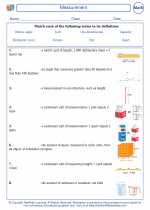Rectangular Prisms
A rectangular prism is a three-dimensional shape that has six faces, all of which are rectangles. It is also known as a cuboid. The opposite faces of a rectangular prism are equal in size and shape. The rectangular prism is a special case of a parallelepiped, which is a six-faced figure with each pair of opposite faces being identical rectangles.
Properties of Rectangular Prisms
1. Faces: A rectangular prism has 6 faces, all of which are rectangles.
2. Edges: A rectangular prism has 12 edges, where three edges meet at each vertex.
3. Vertices: A rectangular prism has 8 vertices, where three edges meet at each vertex.
4. Diagonals: The rectangular prism has 4 space diagonals that connect opposite vertices.
5. Volume: The volume of a rectangular prism can be calculated using the formula V = l × w × h, where l is the length, w is the width, and h is the height of the prism.
6. Surface Area: The surface area of a rectangular prism can be calculated using the formula SA = 2lw + 2lh + 2wh, where l is the length, w is the width, and h is the height of the prism.
Example Problem:
Find the volume and surface area of a rectangular prism with length 5 cm, width 3 cm, and height 4 cm.
Volume: V = l × w × h = 5 cm × 3 cm × 4 cm = 60 cubic cm
Surface Area: SA = 2lw + 2lh + 2wh = 2(5 cm × 3 cm) + 2(5 cm × 4 cm) + 2(3 cm × 4 cm) = 30 + 40 + 24 = 94 square cm
Study Guide:
When studying rectangular prisms, be sure to focus on the following key points:
- Identifying the properties of a rectangular prism (faces, edges, vertices, and diagonals).
- Understanding how to calculate the volume and surface area using the appropriate formulas.
- Practicing solving problems involving rectangular prisms in real-life situations.
- Recognizing the relationships between the dimensions (length, width, and height) of a rectangular prism and its volume and surface area.
- Applying the concepts of rectangular prisms to solve word problems and geometric problems.
By mastering these concepts and skills, you can confidently work with rectangular prisms and solve a variety of problems related to their volume and surface area.
.◂Math Worksheets and Study Guides Fourth Grade. Measurement
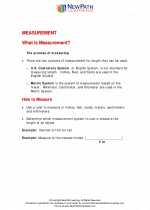
 Activity Lesson
Activity Lesson
 Activity Lesson
Activity Lesson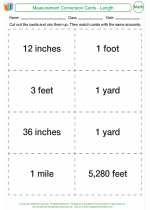
 Activity Lesson
Activity Lesson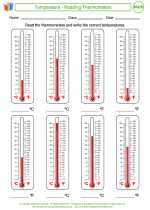
 Worksheet/Answer key
Worksheet/Answer key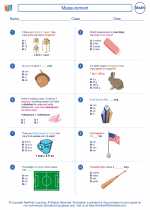
 Worksheet/Answer key
Worksheet/Answer key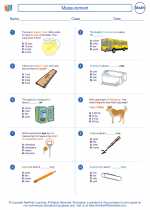
 Worksheet/Answer key
Worksheet/Answer key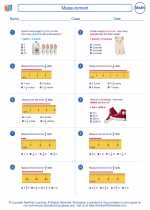
 Worksheet/Answer key
Worksheet/Answer key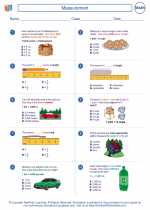
 Worksheet/Answer key
Worksheet/Answer key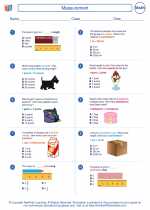
 Worksheet/Answer key
Worksheet/Answer key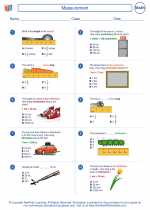
 Worksheet/Answer key
Worksheet/Answer key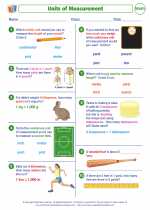
 Worksheet/Answer key
Worksheet/Answer key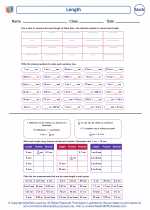
 Worksheet/Answer key
Worksheet/Answer key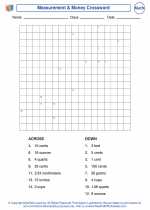
 Worksheet/Answer key
Worksheet/Answer key
 Vocabulary/Answer key
Vocabulary/Answer key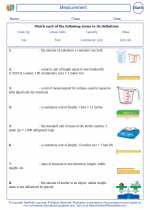
 Vocabulary/Answer key
Vocabulary/Answer key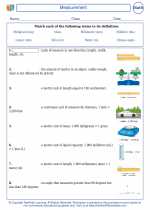
 Vocabulary/Answer key
Vocabulary/Answer key